Owning a home comes with all sorts of benefits, but also with many expenses.
Home improvement is popular among homeowners both because of improved quality or design, but also because it can add value to your home.
In fact, 53% of U.S. adults have made some sort of home improvement in the past year.
But with many projects costing thousands of dollars, this can be difficult to finance.
Taking out a home improvement loan is the solution for many homeowners looking to start a new project.
Here are 7 things you need to know if you are thinking about taking out a loan for home improvement.
1) You Have Options
When we are talking about loans, there is never just one type: there are a variety of options for you to choose from.
The first option actually isn't a loan at all: just save up money.
While this might be possible for smaller improvements, 56% of people who do home improvements spend more than $1000.
Saving up a large quantity of money might not be feasible for you or your family.
Another option would be using a personal loan or credit card.
Lastly, you could borrow with a home equity loan, a HELOC, or a mortgage refinance.
2) How to Decide Between Loans
The route you choose should depend on what type of home improvement you are looking to do, your financial situation, and your credit.
COST
Let's look at cost of the project you are looking to do.
For small projects, it would be best to just save and pay for it yourself.
For improvements that are $15,000 or less, like buying new appliances, for example, a credit card with low interest would likely be the best route.
As it gets a little more expensive, a personal loan would be appropriate.
If the project is $50,000 or more, you're better off going for a home equity loan, a HELOC, or refinancing.
FINANCES AND CREDIT
As I said before, your credit and financials can have an affect on whatever loan you take out.
With personal loans, the interest rate will be determined by your credit score and sometimes even your profession and your income.
It's important to look around and find which lender would have the lowest interest rate for you.
Home equity loans are usually cheaper than personal loans and have fixed interest, while a HELOC has an adjustable-rate interest.
Oftentimes a HELOC begins with a lower rate, and can thus be cheaper, but a home equity loan has the benefit of being given in a lump sum.
It's up to your needs and priorities which you choose.
If your renovation is large and costly, a mortgage refinance would be the way to go. This can be more expensive than the other options, so consider your financial situation carefully.
3) Know the Risks of a Home Improvement Loan
Obviously, all loans have a certain element of risk compared to just saving and spending your own money.
If you are using a credit card, be sure to get one with low or 0% interest otherwise you will end up paying extra in interest. You also need to be careful not to miss payments, as this can result in extra fees.
You also need to be wary of fees the credit card may charge you, as well as understanding that some low-interest rates eventually expire.
If you have a card that gives you a low interest for a certain amount of time, usually for around 1 year, then you should make sure to pay off the charge sooner rather than later.
As I mentioned earlier, the interest rate on a home improvement loan can depend on a variety of factors. If you have or come to have a bad credit score, you could suffer from a high-interest rate.
Finally, be wary of closing costs. Closing costs for certain loans can be quite high.
So what's the takeaway here? Do your research and understand your personal situation before committing to any of these loans. There are many apps and online calculators that can help you.
4) You Can Combine your Options
Taking out a home improvement loan is a big decision, so it is important to borrow only what you really need.
If you have a couple thousand dollars saved, you can use that money alongside a loan instead of borrowing the entire amount. This can reduce your interest and save you money.
5) Home Improvements Can Add Value to Your Home
If you're taking out a home improvement loan, chances are you know that it will do just that: improve your home.
But the improvements themselves can add value to a home.
So what does this mean? Let's say you spend $100,000 on your home and put $30,000 into renovations. If you then sell your home for $200,000, that means you made a $70,000 profit.
Spending money and taking out a home improvement loan can help you make money in the long run.
6) Know What you are Looking to Add or Remodel
In order to make a profit on resale, the home improvement you make should add substantial value to your home.
Some examples of popular renovations that add value include:
Landscaping
Maintenance (gutters, furnace, septic system, etc.)
Solar panels
Efficient lighting, heating, and cooling
Kitchen or bath remodel
If you're considering a home improvement loan, these renovations could be your best bet at making your money back (and hopefully, making a profit).
7) Tax Deductions
While the home improvements themselves are not tax-deductible, there are other things related to home improvement that are deductible.
Usually, the interest on home loans and HELOCs are eligible for deduction. The specifics of the tax deduction will depend on the loan itself, your tax bracket, and other related factors.
I talked earlier about specific types of home improvements that can add value to your home. Certain types of renovations can also lead to tax deductions.
If you have a home office for a business or rent out parts of your home, then renovations to those areas are eligible for a deduction.
Bottom Line
Home improvements can be fun and exciting for homeowners, but they are a big decision with a lot to think about.
A lot of this information can be confusing, so please reach out to us if you have any questions or need any help deciding what is right for you.
AUTHOR BIO
Will Foster | First State Bank Mortgage Senior Loan Officer
I became a mortgage lender in 2010, right after the "bubble" popped, and the mortgage industry underwent an incredible transformation. This has given me a unique advantage in the fact that I have never known anything other than the highly-regulated world we now live in.
Throughout my years of experience, my primary goal has been to keep up with the constant changes in the industry so I can help my clients investigate all of their options and maximize savings. In addition, because I specialize in Conventional, FHA, USDA, Jumbo, portfolio, and VA refinances and purchases, I can help a wider variety of individuals, families, and investors identify and secure the right loan to best suit their future interests.
The mortgage process can be a little confusing and even overwhelming these days with all of the regulations. I guide my clients through the process from start to finish, and I try and make it as painless and hassle-free as possible.



